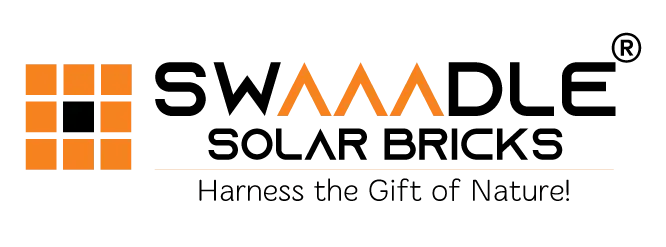Solar Panels 101 – Everything You Need To Know
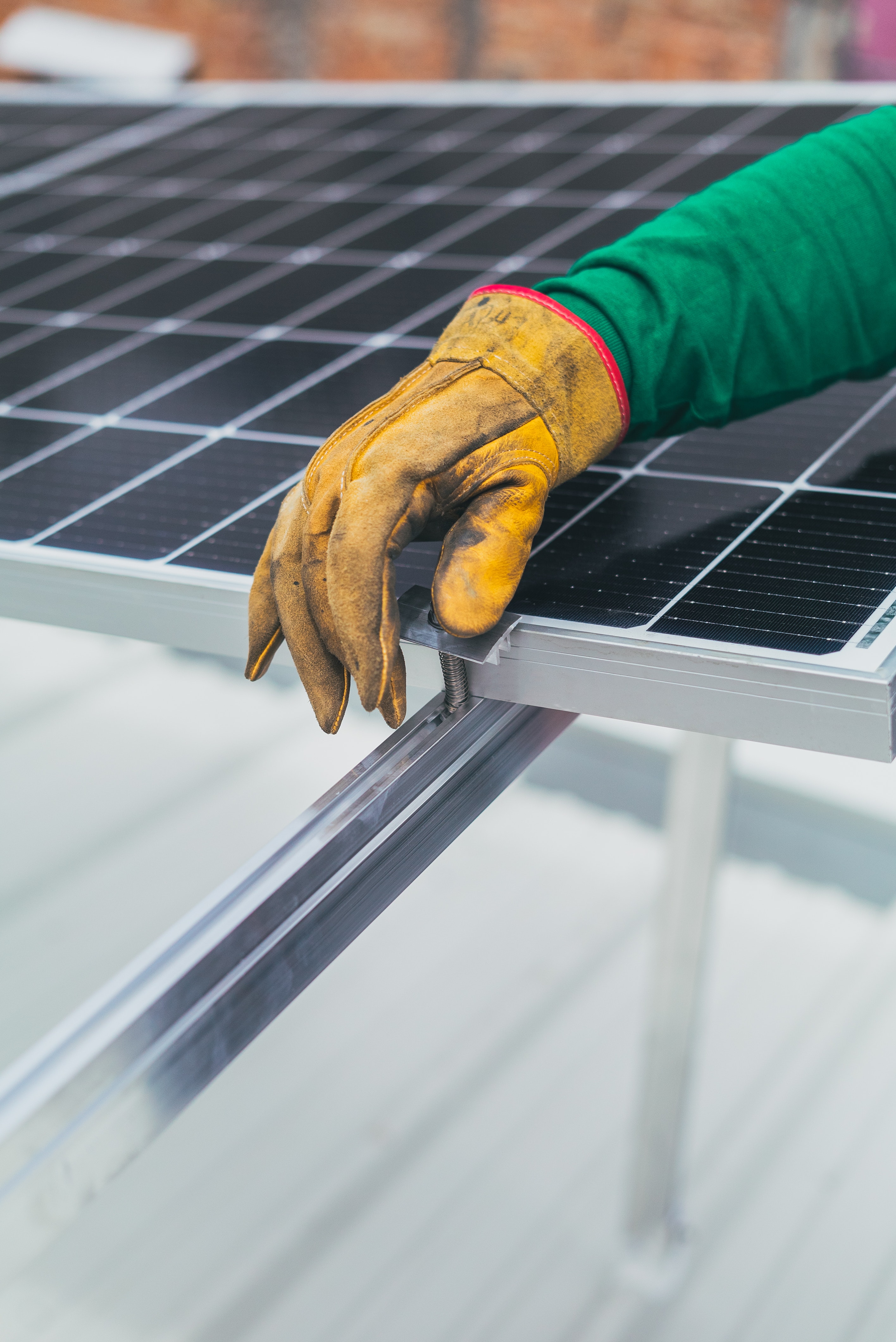
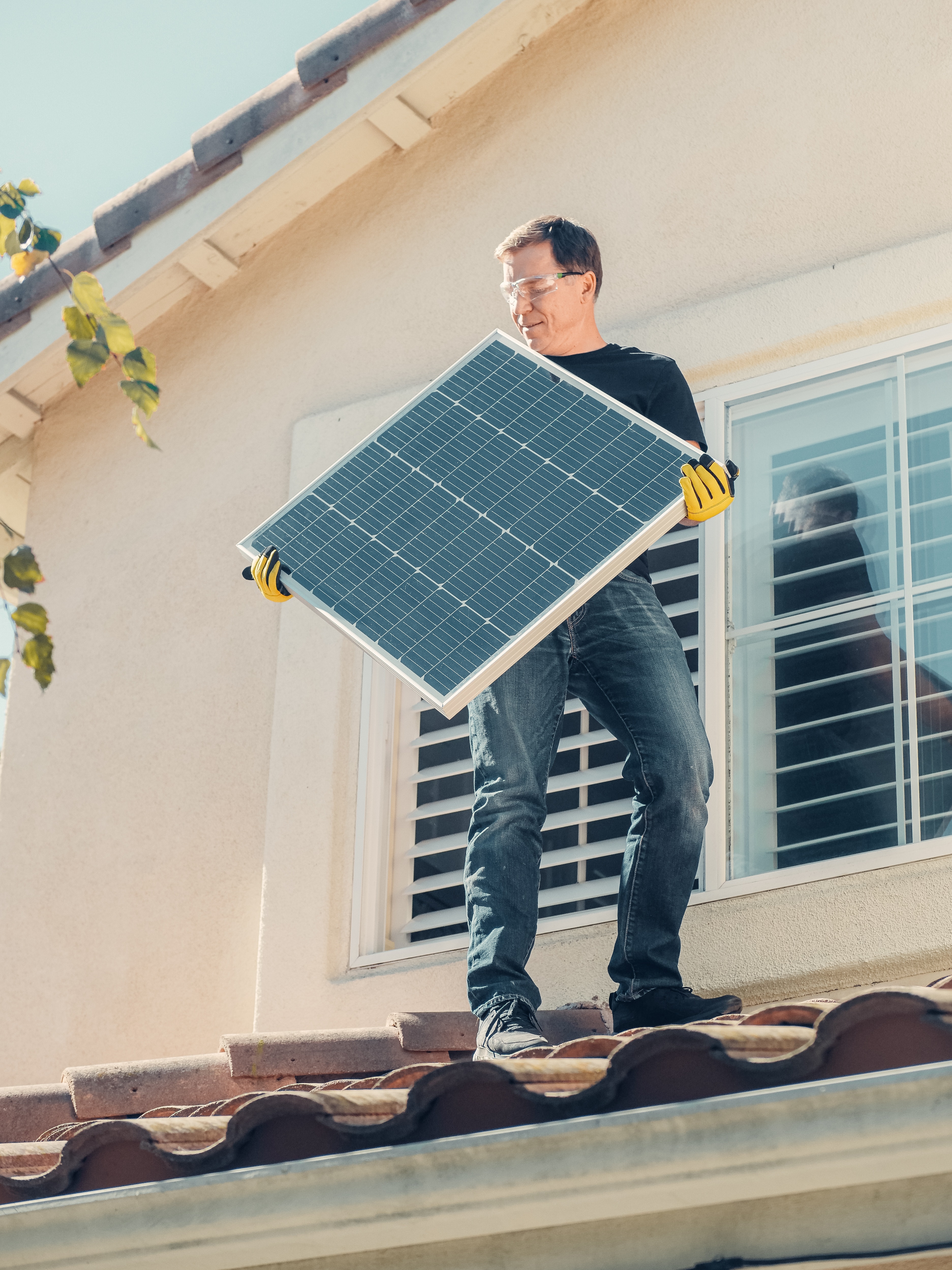
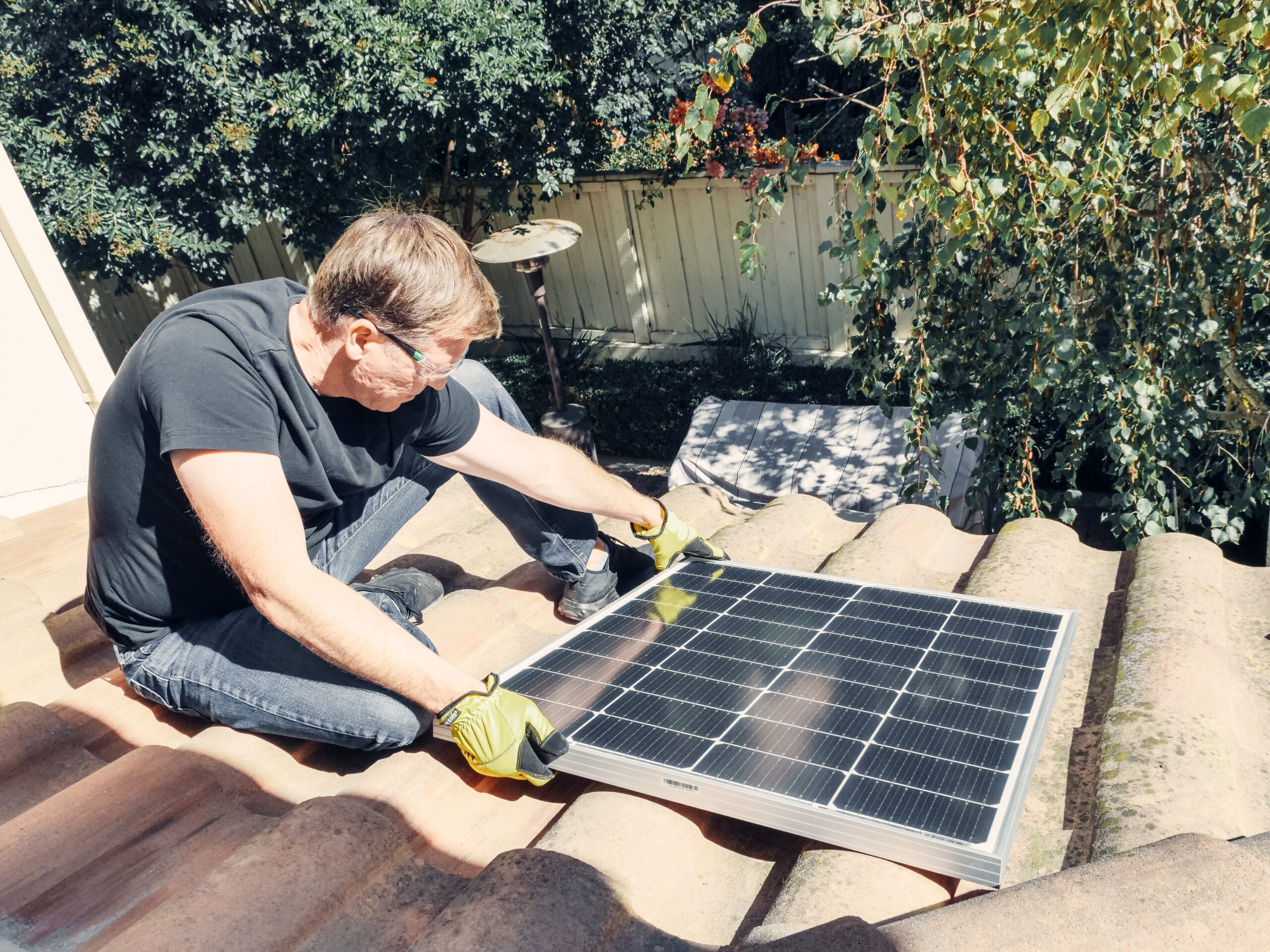
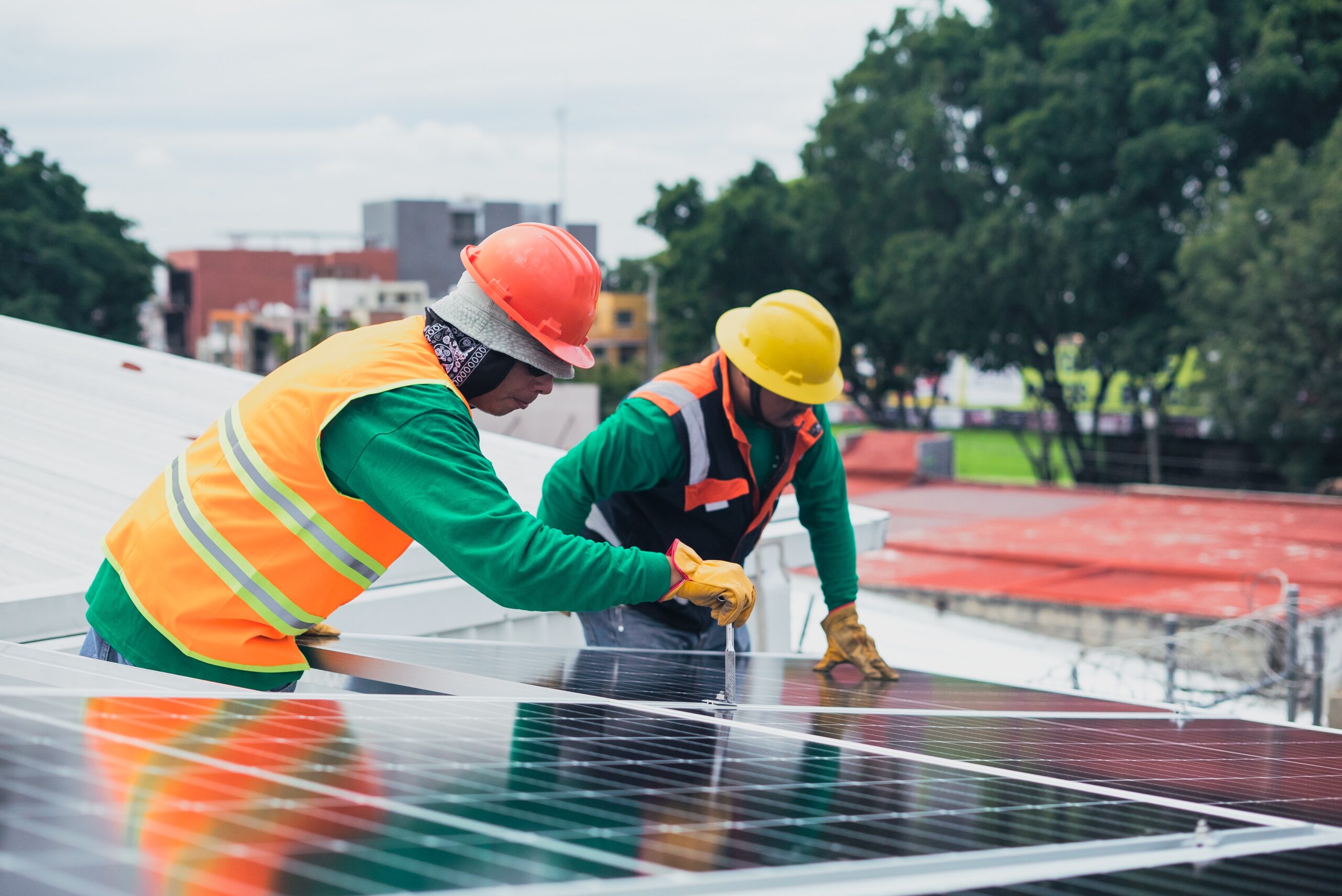
SOLAR PANELS INSTALLATION PROCESS
The mounting structure provides the base for the entire solar system so it’s important to make sure that it’s sturdy and duly fastened to the rooftops of the house or commercial establishment. Generally, mounting structures are made up of aluminium. The performance of the solar panels depends upon the direction in which these panels are placed. The best direction for the solar panels to be faced is south, since here they receive the maximum sunshine. East and West directions also work well. North is the only direction that shouldn’t be used to put the panels on. Since India lies in the Northern Hemisphere, the south direction works best here.
Rooftop Solar Mounting Structure is used to fix solar panels with it. Both monocrystalline and polycrystalline panels can be fixed with it.
The Solar panel tilt angle( the angle between the horizontal ground and the solar module) should be decided according to the latitude of the position anywhere in the world. It’s generally believed that the modules placed at a tilt angle equal to the latitude of the place, would induce the maximum energy output. To increase the conversion effectiveness, a solar tracker may be used.
Once the solar structure is fixed precisely, the solar modules will be connected to it. It must be assured that all nuts and bolts of solar modules are fixed with solar structure so that it’s appropriately secured and lasts long.
MC4 connectors are used to connect solar panels. These are universal connectors and can be connected with any type of solar panels. The solar array wiring becomes simpler and faster using MC4 connectors.
Some contemporary solar modules come with wire leads that have MC4 connectors on the ends, otherwise they’ve a built- in junction box at the rear with cables jotting out. In a series connection the positive wire from one module should be connected to the negative wire of another module. In a parallel connection, the positive to positive and negative to negative leads are connected. A parallel connection maintains the voltage of each panel while a series connection increases the voltage in order to match it with the battery bank.
The positive wire from the solar panel must be connected with the positive inverter terminal and the negative wire with the negative terminal of the inverter. There are other connections too like battery line connection and output line connection with the inverter. In all, Solar panel, Solar Battery and Grid input are connected with the solar inverter to produce electricity. The output of a series string of solar modules is connected to the input of the inverter. The inverter must be switched off while doing these connections.
In an off grid solar system, Battery is necessary where it’s used to store power backup. This battery is connected with a solar inverter to recharge it with a solar panel and grid. The positive terminal of the battery is connected with the positive of the inverter and vice versa.
In order to connect the inverter to the grid it should be plugged into the main power switch board, so that it gets solar power from the grid. The output wire is also connected to a board that’s supplying electricity at home.
After all the connections are done, the mains are to be switched on. There’s a digital display which shows the total solar unit generated during the day.

